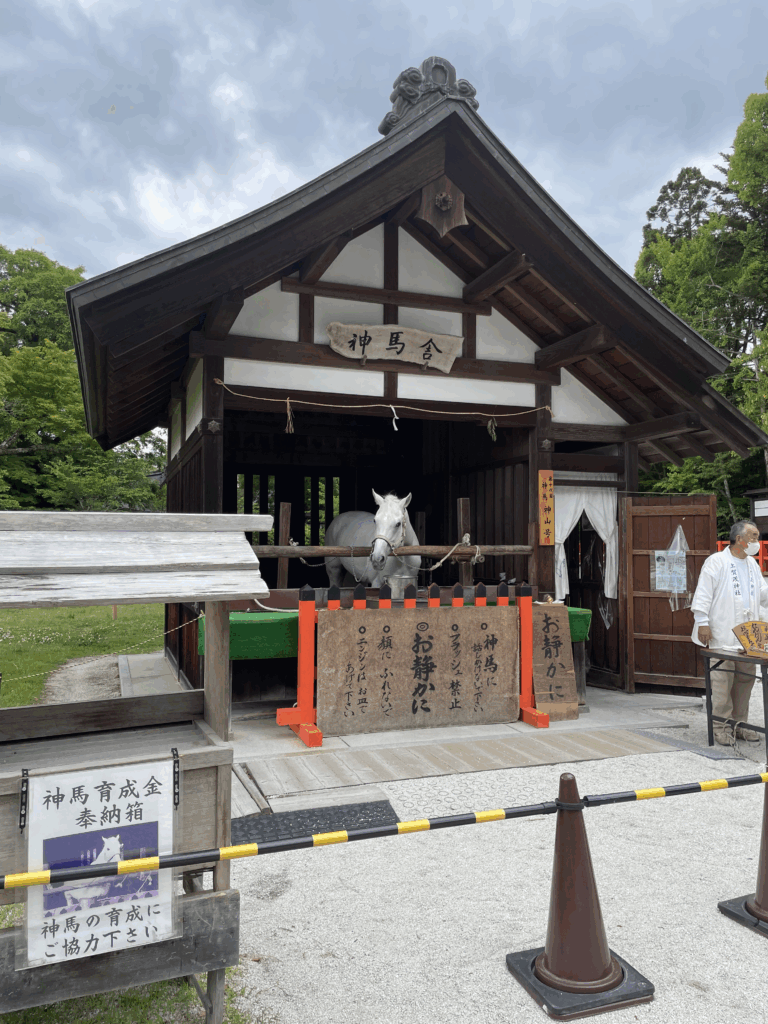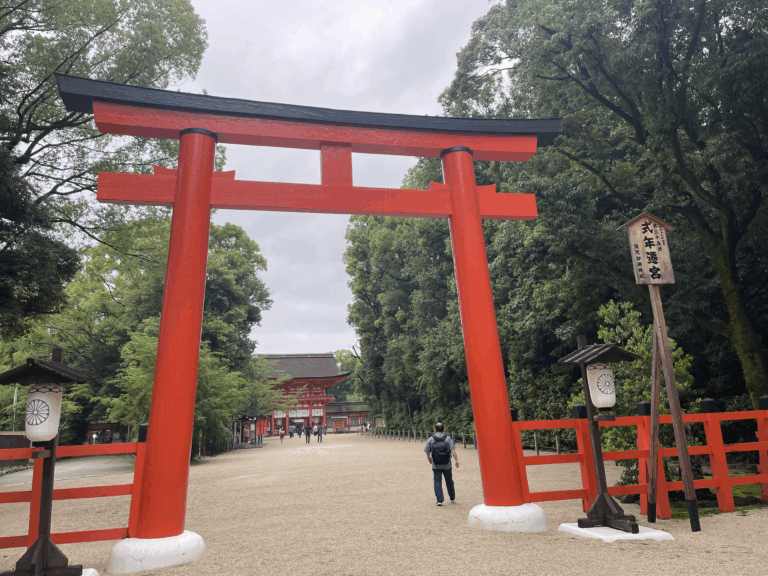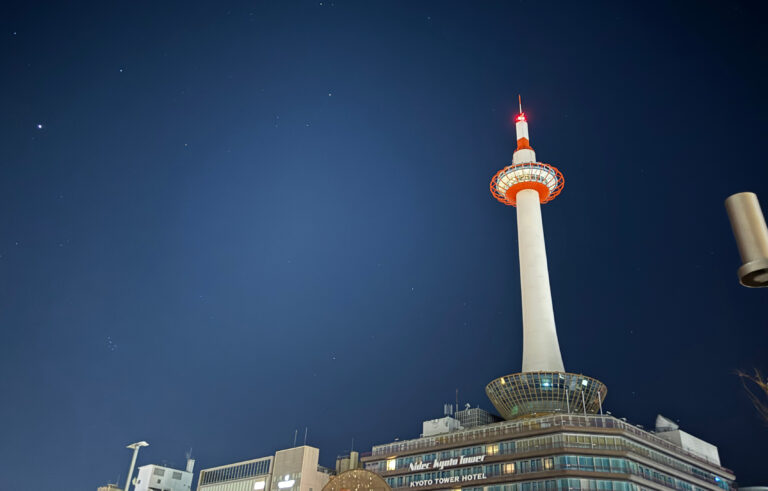Floating Islands from the Ice Age: Midorogaike
A tiny pond with ancient life in Kyoto’s north.

Midorogaike (literally “deep-mud pond”) sits at the north edge of Kyoto. It’s small—about 1.5 km around and 9 ha—but scientifically famous. In 1927 the aquatic plant community here was named a National Natural Monument, and in 1988 the designation expanded to protect the entire biotic community. You can still see features that are rare in western Japan’s lowlands: floating peat islands and plants that survived from the last Ice Age.
Walk the shore and you’ll notice a soft, quaking edge: that’s a sphagnum peat mat that actually floats. In season you may spot menyanthes (mitsugashiwa), irises, and later blue lobelia blooming around the wetland. This odd mix of northern “glacial relict” species with warm-region species is exactly why the site is so valuable.
Because it’s protected, please treat it like an open-air museum of nature: stay off the peat mats and out of the water, and enjoy the view from the path. The ecosystem has faced eutrophication and invasive fish (bass, bluegill), so low-impact visits really matter.
Midorogaike also carries a piece of local folklore. Many Kyotoites know the “disappearing taxi passenger” tale linked to this pond—a modern urban legend said to trace back to a 1969 incident reported in the news, and retold ever since. Visit by day for nature; read the ghost story at home at night.



